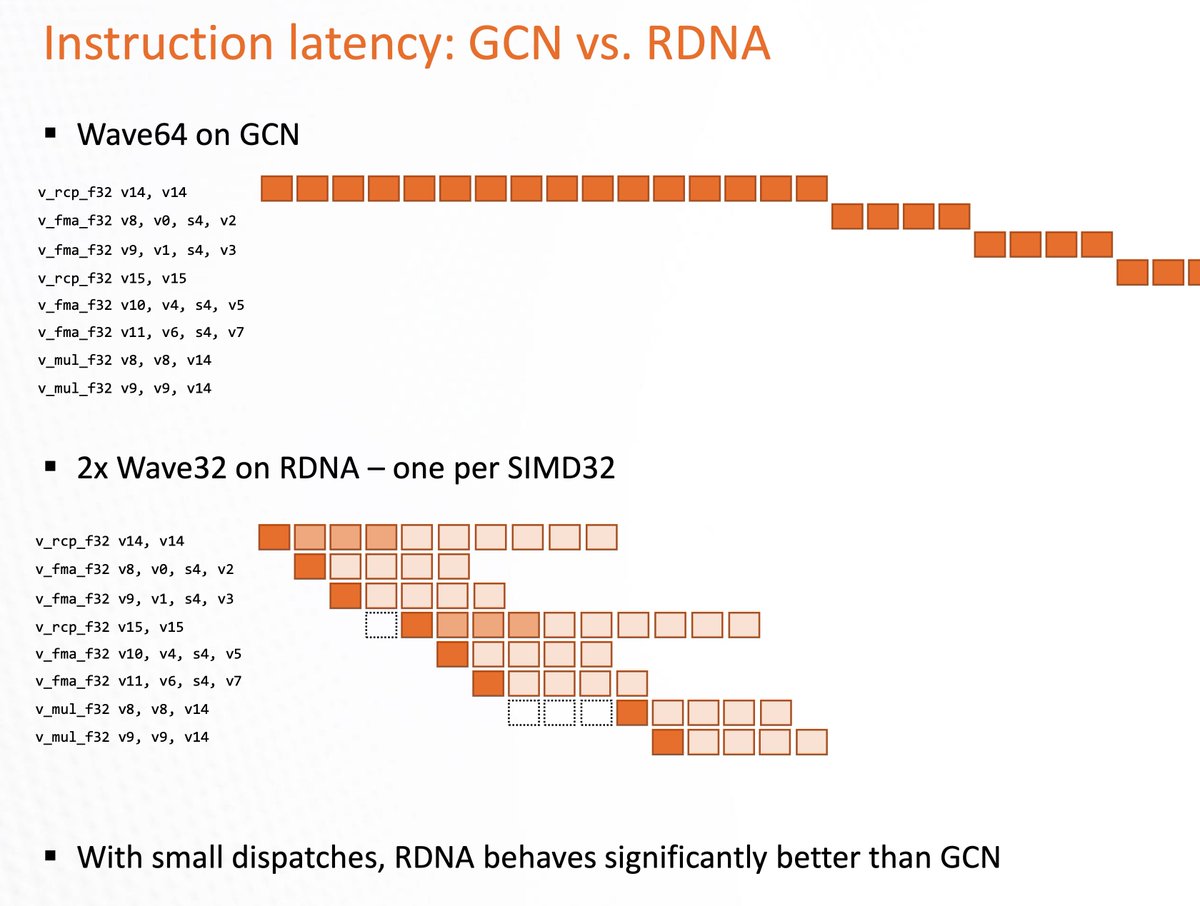
Building a new renderer at HypeHype. Former principal engineer at Unity and Ubisoft. Opinions are my own.
24 subscribers
How to get URL link on X (Twitter) App


 I was talking about 100,000 players before, but that's an aspirational goal for a real MMO game with paid customers. 10,000 players is a fine start point for prototyping. Will be difficult to even get that many players even if it's a free web game (no download).
I was talking about 100,000 players before, but that's an aspirational goal for a real MMO game with paid customers. 10,000 players is a fine start point for prototyping. Will be difficult to even get that many players even if it's a free web game (no download).
https://x.com/SebAaltonen/status/1984546074938184033If people still wrote code as optimally as me, Carmack and others did in the late 90s, we could achieve things that people today think are not even possible. Those things are not impossible to achieve if we really want. And that's why I think I need to do this hobby project too.
https://twitter.com/FR3NKD/status/1976748490316279964Performance was also the main reason Unity's Weta Digital acquisition failed. You can't just buy a movie company and believe that real time game engine + movies = real time movies. A massive amount of optimization and architecture refactoring work is required to make it happen.


https://twitter.com/kerckhove_ts/status/1923365950876729726- Bloated unit test suites taking several hours to execute. Slows down devs and causes merge conflicts as pushes are delayed.
https://twitter.com/Jonathan_Blow/status/1919847600527716561Messy big functions with lots of indentation (loops, branches) should be avoided. Extracting is a good practice here. But often functions like this are a code smell. Why do you need those branches? Why is the function doing too many unrelated things? Maybe too generic? Refactor?

 This is how you would use the API to dispatch a compute pass with a single compute shader writing to two SSBOs.
This is how you would use the API to dispatch a compute pass with a single compute shader writing to two SSBOs. 

https://twitter.com/ThreatInteract/status/1867084725988516101Originally, TAA was seen as an improvement over screen space post-process AA techniques as it provided subpixel information. It wasn't just a fancy blur algo. Today, people render so much noise. Noise increases neighborhood bbox/variance. Which increases ghosting.

 CDNA has wide matrix cores and other wide compute workload improvements, which AMD wants to bring to UDNA. It also has multi-chip scaling.
CDNA has wide matrix cores and other wide compute workload improvements, which AMD wants to bring to UDNA. It also has multi-chip scaling.